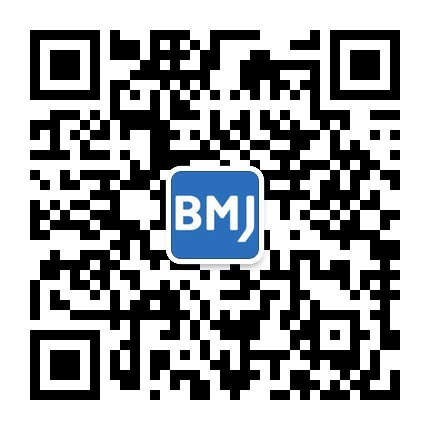内容精选
Content Selection
《英国医学杂志》 研究文章
The BMJ Research
Artificial pancreas treatment for outpatients with type 1 diabetes: systematic review and meta-analysis [1型糖尿病门诊患者的人工胰腺治疗:系统综述和荟萃分析]
- 分享:
BMJ 2018; 361 doi: https://doi.org/10.1136/bmj.k1310 (Published 18 April 2018)
Cite this as: BMJ 2018;361:k1310
Authors
Eleni Bekiari, Konstantinos Kitsios, Hood Thabit, Martin Tauschmann, Eleni Athanasiadou, Thomas Karagiannis, Anna-Bettina Haidich, Roman Hovorka, Apostolos Tsapas
Abstract
Objective To evaluate the efficacy and safety of artificial pancreas treatment in non-pregnant outpatients with type 1 diabetes.
Design Systematic review and meta-analysis of randomised controlled trials.
Data sources Medline, Embase, Cochrane Library, and grey literature up to 2 February 2018.
Eligibility criteria for selecting studies Randomised controlled trials in non-pregnant outpatients with type 1 diabetes that compared the use of any artificial pancreas system with any type of insulin based treatment. Primary outcome was proportion (%) of time that sensor glucose level was within the near normoglycaemic range (3.9-10 mmol/L). Secondary outcomes included proportion (%) of time that sensor glucose level was above 10 mmol/L or below 3.9 mmol/L, low blood glucose index overnight, mean sensor glucose level, total daily insulin needs, and glycated haemoglobin. The Cochrane Collaboration risk of bias tool was used to assess study quality.
Results 40 studies (1027 participants with data for 44 comparisons) were included in the meta-analysis. 35 comparisons assessed a single hormone artificial pancreas system, whereas nine comparisons assessed a dual hormone system. Only nine studies were at low risk of bias. Proportion of time in the near normoglycaemic range (3.9-10.0 mmol/L) was significantly higher with artificial pancreas use, both overnight (weighted mean difference 15.15%, 95% confidence interval 12.21% to 18.09%) and over a 24 hour period (9.62%, 7.54% to 11.7%). Artificial pancreas systems had a favourable effect on the proportion of time with sensor glucose level above 10 mmol/L (−8.52%, −11.14% to −5.9%) or below 3.9 mmol/L (−1.49%, −1.86% to −1.11%) over 24 hours, compared with control treatment. Robustness of findings for the primary outcome was verified in sensitivity analyses, by including only trials at low risk of bias (11.64%, 9.1% to 14.18%) or trials under unsupervised, normal living conditions (10.42%, 8.63% to 12.2%). Results were consistent in a subgroup analysis both for single hormone and dual hormone artificial pancreas systems.
Conclusions Artificial pancreas systems are an efficacious and safe approach for treating outpatients with type 1 diabetes. The main limitations of current research evidence on artificial pancreas systems are related to inconsistency in outcome reporting, small sample size, and short follow-up duration of individual trials.




 京公网安备 11010502034496号
京公网安备 11010502034496号